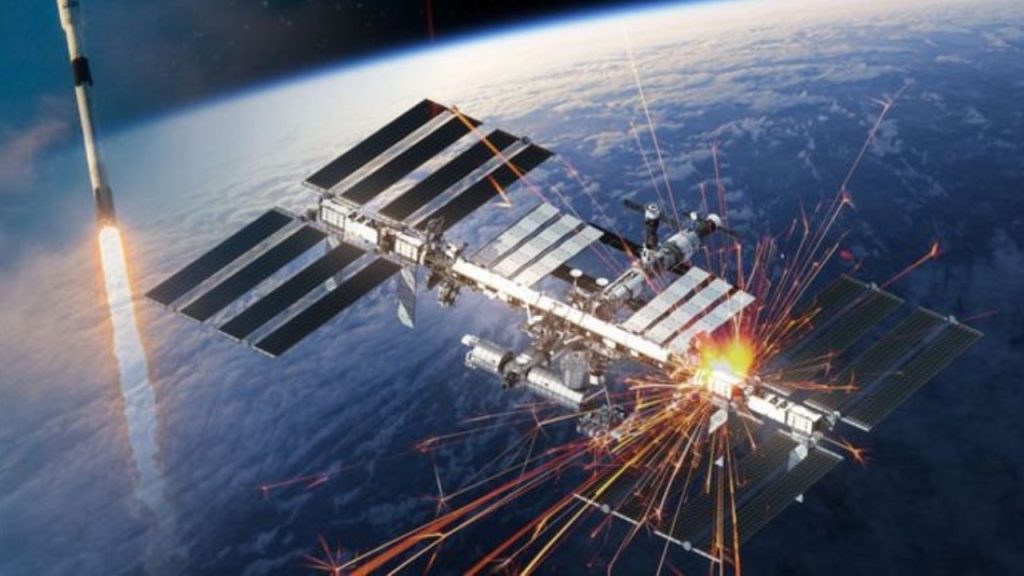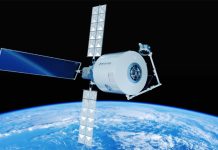Last month, SpaceX embarked on a mission to set a new world record. Now, the company is gearing up to construct the world’s first-ever commercial space station. In partnership with Vast, a Los Angeles-based company, SpaceX is poised to revolutionize space travel and habitation. Here are the details…
SpaceX Aims to Build the World’s First Commercial Space Station
The International Space Station (ISS) is nearing the end of its operational life. Stepping up to this challenge, SpaceX and Vast have publicized their ambitious plan to launch the first-ever commercial space station. By as early as August 2025, SpaceX intends to use its reliable Falcon 9 rocket to launch the station’s primary module, Haven-1, into low Earth orbit.

Soon after the launch of Haven-1, it will be joined by a larger module, named Vast-1. This will be followed by a SpaceX Crew Dragon spacecraft carrying a team of four astronauts. This team is expected to live and work on the main station for about a month before making their return journey to Earth aboard the Crew Dragon capsule.
Tom Ochinero, a SpaceX executive, voiced his enthusiasm for the project. “We’re using a commercial rocket to launch a commercial spacecraft, housing commercial astronauts, to a commercial space station. We’re working hand in hand with Vast on this revolutionary project, which we believe represents the future of low Earth orbit,” he stated.

Vast, established in 2021 as a pioneer in space settlement technologies, plans to sell all four seats on the maiden voyage. The company anticipates a diverse clientele, ranging from individuals affiliated with local and international space agency projects to private investors. However, the pricing details for this venture have yet to be disclosed.
In preparation for the mission, SpaceX will train the four crew members for the Crew Dragon flight aboard Falcon 9, as well as for their subsequent return journey inside the spacecraft. With the decommissioning of the ISS scheduled for 2031, private enterprises like SpaceX are stepping up, planning to launch their own stations to ensure the continuity of human life and work in low Earth orbit.
RELATED:
- Xiaomi 13 Ultra vs iPhone 14 Pro Max: Specs Comparison
- Elon Musk’s SpaceX Boosts Potential Rival Sateliot with Historic 5G Satellite Launch
- SpaceX’s Starship Test Flight: A Rocky Start to a Promising Future
- Here’s the Rover that will Accompany SpaceX’s Starship to the Moon
- AT&T aids the first ever space based call from a Samsung Galaxy S22
(via)







